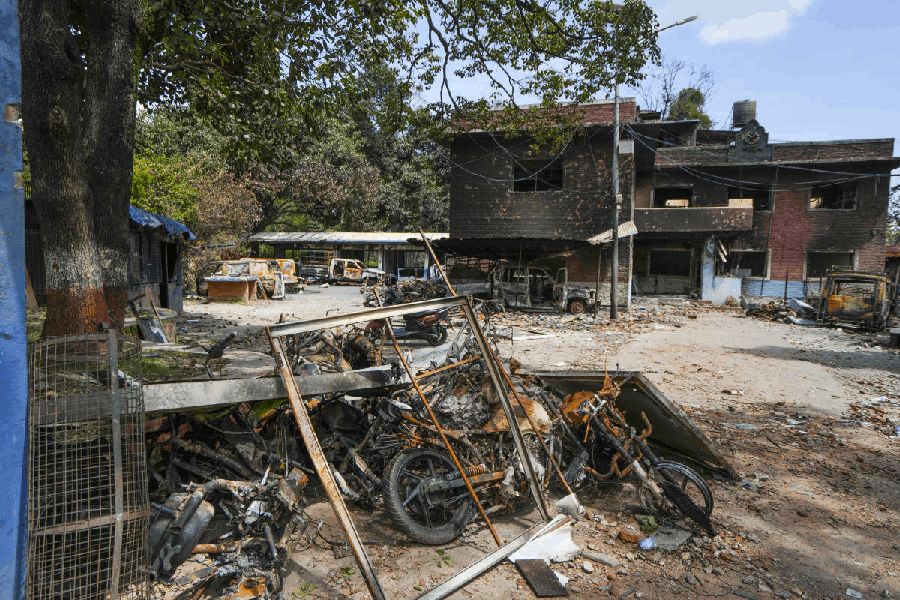New Delhi: India is set to overtake China and become the world's largest emitter of sulphur dioxide, an air pollutant that is generated when coal is burnt and can lead to severe haze, acid rain and asthma complications.
A US study released on Thursday says that China's sulphur dioxide emissions have fallen by 75 per cent since 2007 while India's emissions have increased by 50 per cent.
The findings, based on measurements by an instrument on Nasa's Aura satellite, point to "effective sulphur dioxide control in China and lack thereof in India", the researchers said in the journal Scientific Reports.
The number of Indians exposed to dangerous levels of the pollutant has increased from 13 million in 2013 to 33 million in 2016. China's share of such population dropped from 457 million to 99 million over the same period.
China's decreasing sulphur dioxide emissions reflect stricter pollution control measures, a gradual shift to non-coal-based energy sources and a slowdown in the Chinese economy, the researchers said. Coal-fired thermal power plants and coal-burning industries are the primary sources of sulphur dioxide emissions.
"China's sulphur dioxide levels declined dramatically even though coal use increased by (about) 50 per cent and electricity generation grew by over 100 per cent," said Can Li, a scientist at the University of Maryland and the Nasa Goddard Space Flight Centre, who led the study.
Li and his colleagues have warned that the continued growth of sulphur dioxide emissions will affect more people and, through its impacts on the environment and health, exacerbate illness and deaths.
High sulphur dioxide concentrations can cause inflammation of the respiratory tract, particularly during strenuous physical activity. Those affected may find deep breaths painful and suffer from cough and severe asthma.
The Union environment ministry had two years ago notified new operational rules for coal-burning thermal power plants that are expected to reduce emissions of various air pollutants, including a near 90 per cent reduction in their sulphur dioxide emissions. But these are to come into force from next month.
"We can't just wish away coal. India has tightened its emission standards for coal plants, and we expect to see lowered emissions if the standards are enforced," said Anumita Roychowdhury, executive director for research at the New Delhi-based non-government Centre for Science and Environment.
Sulphur dioxide gas can react with other chemicals in the air to produce tiny inhalable particulate matter that too can cause respiratory distress.
The National Capital Region has been hit by severe haze this week through a combination of weather and dangerously high levels of particulate matter from multiple sources: vehicular emissions, thermal power plants, soot from crop stubble burning in neighbouring states, and construction and road dust.










